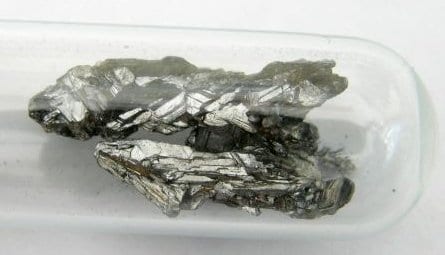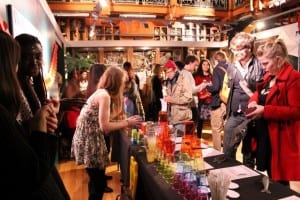In our continuing series to document the process behind next year’s exhibition in the Octagon, Mark Peter Wright and Helena Hunter were chosen to work with curators and academic researchers from UCL on this new exhibition led by Helen Pike, Public Programmer at The Petrie Museum. Mark is an artist and researcher working across sound, video, assemblage and performance and Helena’s practice spans performance, text and moving image. The blog offers a chance for ideas to be presented and hopefully engage comment and conversation !
“Is there a form of theory that can acknowledge a certain ‘thing-power’, that is, the irreducibility of objects to the human meanings or agendas they also embody?”
Jane Bennett, Agency, Nature and Emergent Properties: An Interview with Jane Bennett. Contemporary Political Theory 8, 90-105 (February 2009).
Throughout October and early November we did a tour of curators and their collections. First up was Alice Stevenson, curator of the Petrie Museum of Egyptian Archeology. We discussed the agricultural tools and equipment dating back thousands of years on display and how such items evidence the development of mechanistic technologies that began to enter and change landscapes and civilizations, both physically and psychologically. We’re interested in tracing cartographies around such material cultures: extending an appreciation of the “thing” outwards, towards broader relationships and speculative assemblages, and their political and ecological consequences. Interestingly, Petrie himself produced a book called “Tools and Weapons”, a detailed analysis of items from an Egyptian expedition in 1916 and which nests agriculture and war, seeds and death in close proximity.
Next was Prof. Simon Lewis from UCL Geography department. Simon is at the cutting edge of Anthropocene debates and with Prof. Mark Maslin co-authored the recent paper “Defining the Anthropocene” (March 2015, N. 519) for the influential Nature Journal. We discussed the difficulty of pinning this contingent epoch to a specific start time. Our conversations focused upon two of the “Golden Spikes” that Lewis and Maslin identify as geological specificities, or points of “origin”. One being 1610 at the point of the collision of old and new worlds by way of colonialism and trade, the other being 1964 as a result of increased levels of radioactivity produced through nuclear weapons testing.
Our heads now spinning, we visited Nick Booth, curator of the Geology collections. We were interested in drawing out connections between the earth and technology, primarily through rare earth minerals. These physical elements, mined from the earth, make up parts of our so-called “immaterial” culture such as phones and laptops. Along with rare earths and a host of other items including a Chirotherium fossil footprint and Sir William Ramsay’s original set of discharge tubes, we were drawn to a collection of micro fossils and the deceptively large impact they have in relation to oil exploration.

Close up of a micro fossil credit UCL Geology
Our final visit of the day took us to Paolo Viscardi, curator of the Grant Museum of Zoology. If the desire for energy drives the Anthropocene then it seems petroleum oil/plastics are one the central material actors within this story. Stemming from such materialities are the consequences on species such as the giant tortoises of the Galapagos. These animals were exploited for their oil rich bodies in addition to suffering from the clearance of their natural habitat for agricultural purposes. Like the microfossils these museum artefacts (in this case, giant shells) project a powerful grafting of non-humans and humans, technology and the earth, extinctions and possible futures.
To conclude this post, and in response to Jane Bennett’s opening quote at the top of this blog, we would say that although “thing-power” may productively recognize the intensities of material things in and of themselves, we are more interested in mixing vibrant matter with their geopolitical contexts: to drawn a cartography of consequences rather than a type of material awe.
 Close
Close










